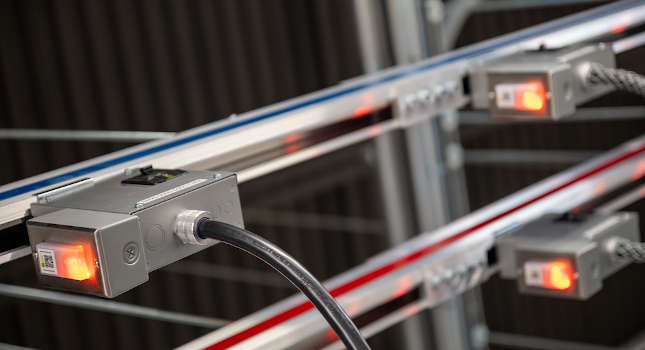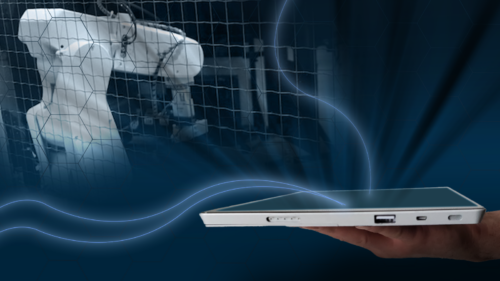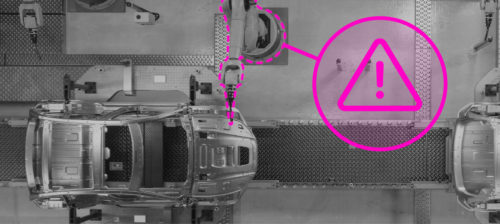Digital twin interoperability framework announced
The Digital Twin System Interoperability Framework is designed to characterize multiple facets of system interoperability. Seven key concepts are highlighted.
The Digital Twin Consortium (DTC) announced the Digital Twin System Interoperability Framework, which is designed to characterize multiple facets of system interoperability based on seven key concepts to create complex systems that interoperate at scale.
“Interoperability is critical to enable digital twins to process information from heterogeneous systems. The Digital Twin System Interoperability Framework seeks to address this challenge by facilitating complex system of systems interactions. Examples include scaling a smart building to a smart city to an entire country, or an assembly line to a factory to a global supply chain network,” said Dan Isaacs, CTO, Digital Twin Consortium in a press release.
The seven key concepts of the framework are:
- System-centric design – enables collaboration across and within disciplines — mechanical, electronic, and software — creating systems of systems within a domain and across multiple domains.
- Model-based approach – with millions and billions of interconnections implemented daily, designers can codify, standardize, identify, and reuse models in various use cases in the field.
- Holistic information flow – facilitates an understanding of the real world for optimal decision-making, where the “world” can be a building, utility, city, country, or other dynamic environment.
- State-based interactions – the state of an entity (system) encompasses all the entity’s static and dynamic attribute values at a point in time.
- Federated repositories – optimal decision-making requires accessing and correlating distributed, heterogeneous information across multiple dimensions of a digital twin, spanning time and lifecycle.
- Actionable information – ensures that information exchanged between constituent systems enables effective action.
- Scalable mechanisms – ensures interoperability mechanism(s) are inherently scalable from the simplest interoperation of two systems to the interoperability of a dynamic coalition of distributed, autonomous, and heterogeneous systems within a complex and global ecosystem.
“The Digital Twin System Interoperability Framework enables USB-type compatibility and ease for all systems connected to the Internet and private networks, which until now, has been the domain of system integrators,” said Anto Budiardjo, CEO, Padi.io. “This means system integrators can concentrate on designing applications rather than point-to-point integrations.”
“A key objective of this framework is to help unify nascent ecosystems of high-value, multi-vendor services that can seamlessly plug into a multi-dimensional, interoperable system of systems,” said Doug Migliori, Global Field CTO, CloudBlue. “We invite you to review, challenge, refine, and adopt this framework.”
– Edited from a Digital Twin Consortium press release by CFE Media and Technology.
Original content can be found at Control Engineering.
Do you have experience and expertise with the topics mentioned in this content? You should consider contributing to our CFE Media editorial team and getting the recognition you and your company deserve. Click here to start this process.






